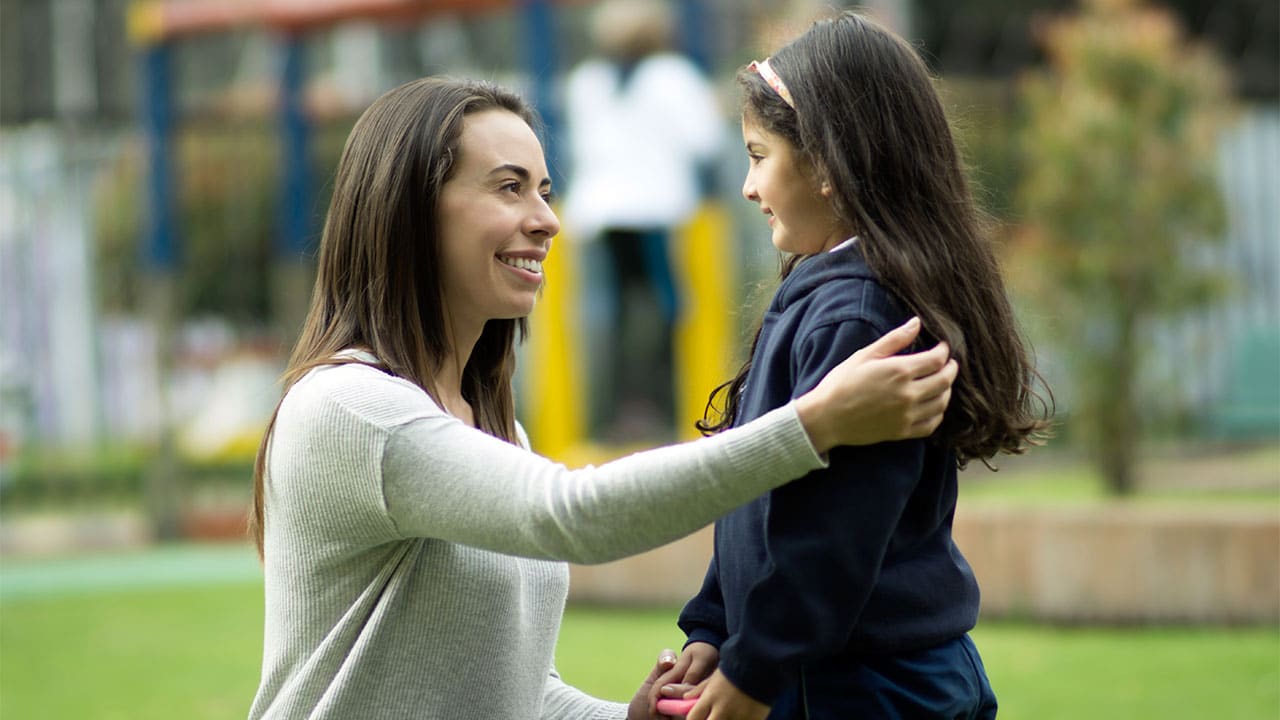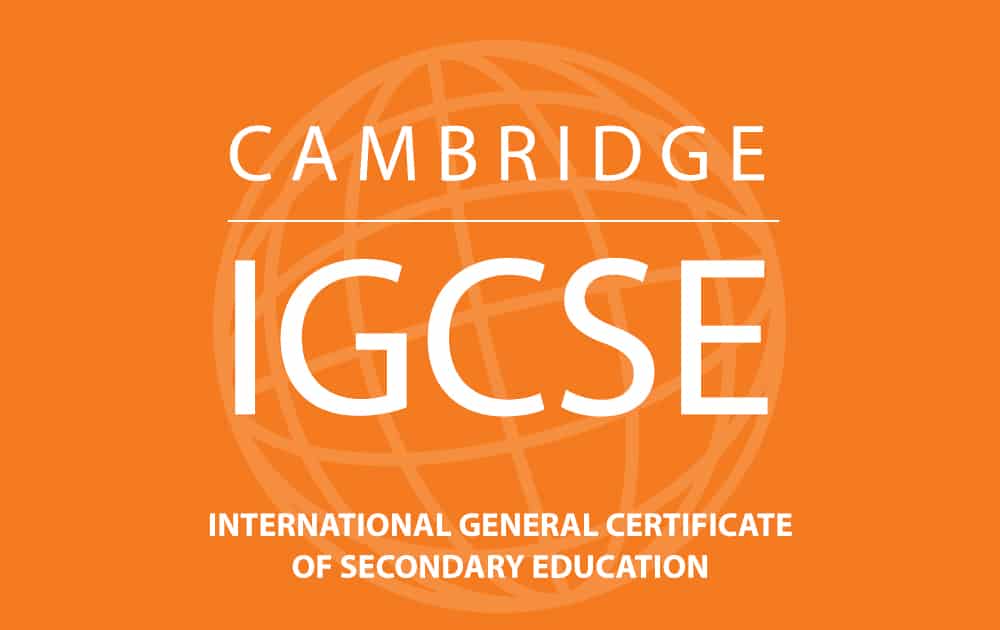Active learning is built on a foundation of curiosity. Fortunately, children naturally possess both qualities due to their vivid imaginations and inquisitive minds. They inquire, attempt to comprehend the material and make connections to what they already know. But as kids start school, their natural curiosity often starts to wane as a result of more passive learning. Although passive learning has some advantages, active learning must be promoted wherever possible.
Learning Actively vs. Passively
When students obtain knowledge by reading and hearing and then inwardly evaluate what they have learned without further examination or involvement with the subject, this is referred to as passive learning. Since students are more involved in the learning process during active learning, there is greater student engagement. Together with their teachers and peers, they delve further into the subject matter before internalizing it and applying it to their everyday lives. Active learners participate in class discussions and activities that are relevant to the subject matter, spend quality study time, and frequently employ a variety of learning techniques to retain the information. Learn more about the distinctions between these two learning approaches, as well as the advantages and disadvantages of each, here. The brain should always be active, actively considering new information, even though learning might occasionally be passive (e.g., taking notes while sitting in a classroom).
Kindergarten through second grade: Encourage Active Learning
In the early grades, parents play a vital role in providing structure and direction. Students will carry over their habits from these grades, therefore it’s critical to develop the necessary skills at a young age. The following advice will help to promote active learning in the early years:
- Ask them questions to get their brains working. Make connections by asking during the exercise, “What do you think you might learn?” or afterward, “What does this remind you of?” to promote reflection.
- Make educational opportunities that promote the use of all five senses.
- Engage in outdoor educational activities.
- To develop their imagination and storytelling abilities, use role-playing or crafts.
- Through trial and error, building blocks to aid in the development of problem-solving abilities as well as the recognition of spatial relationships and relative weight, size, and balance.
Encourage active learning from third through eighth grades.
The third through eighth grades are crucial for development and advancement. To effectively advance to the next grade, students rely on previously acquired skills as well as consistently apply new learning strategies in novel contexts. When things go awry, get assistance right away. Here are some pointers for these important years: We’ve put together a list of questions you may ask your child after school to elicit in-depth discussions about school and learning.
- Include more interactive, physical learning activities including games, hands-on projects, science experiments, and model-building.
- Encourage your friends and peers to have conversations about the readings. Some students learn more effectively when they receive instruction from a different person!
- Diagrams, multimedia presentations, and problem-solving exercises can boost cerebral stimulation and increase student involvement.
- Use pop culture, music, and the arts to help pupils connect the information to what they already know.
- Promote Active Learning From Grades 9–12 in High School
Every grade counts in high school, and kids are under a lot of pressure to achieve the highest marks possible. Students should seek out methods and suggestions to make studying and learning easier because every quiz, assignment, essay, and test matters. Active learning makes studying easier and helps students make the most of their in-class time.
Teenagers can learn more actively by:
Before the following lesson, people think back on what they learned in the prior one. This prepares their brains for new information and primes them to evaluate the material!
- Engaging in class debates despite not having the correct answers. They are able to actively think and pay attention in class as a result.
- Taking notes by hand. Even in the digital age, taking study notes by hand has many advantages.
- Searching for connections or patterns with previously learned material.
- Making academic objectives. Students can take charge of their studies and become more prepared for upcoming tests and projects by planning ahead and asking, “what’s next?”
In conclusion, engagement is crucial!
Active learning must be included in students’ daily life both inside and outside of the classroom in order to involve them in the learning process. Engagement encourages pupils to think critically, pay more attention, and focus more intently. It also promotes learning that matters. If you’re interested in learning more about how TigeCampus Learning can make your child a more active learner and help them get the most out of their education, get in touch with us right away!
Check us out at www.tigercampus.com.my
Signup for a free trial today!: https://www.tigercampus.com.my/free-trial/
Whatsapp us for an immediate inquiry now: +6016-247 3404 https://wa.link/avrou0








